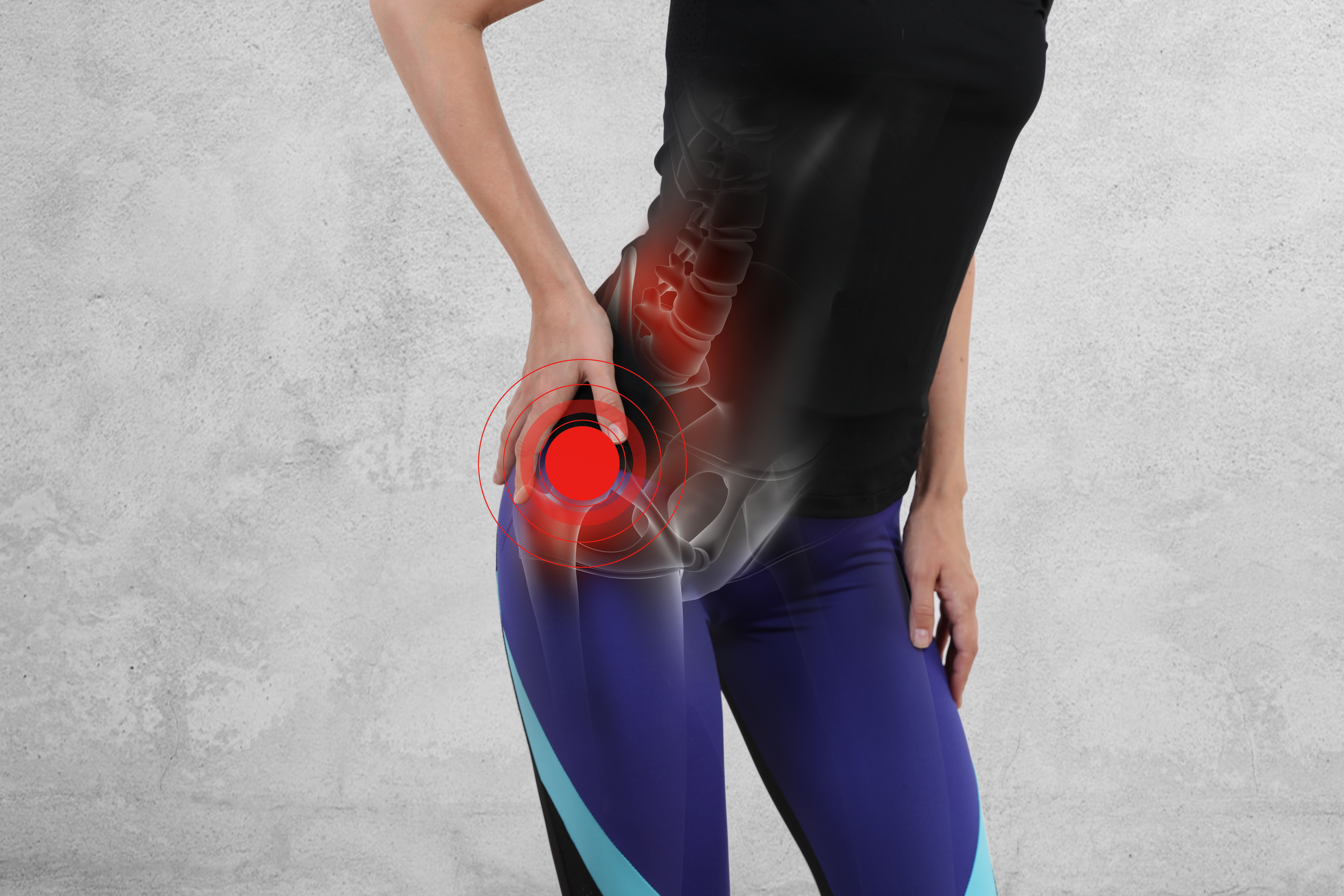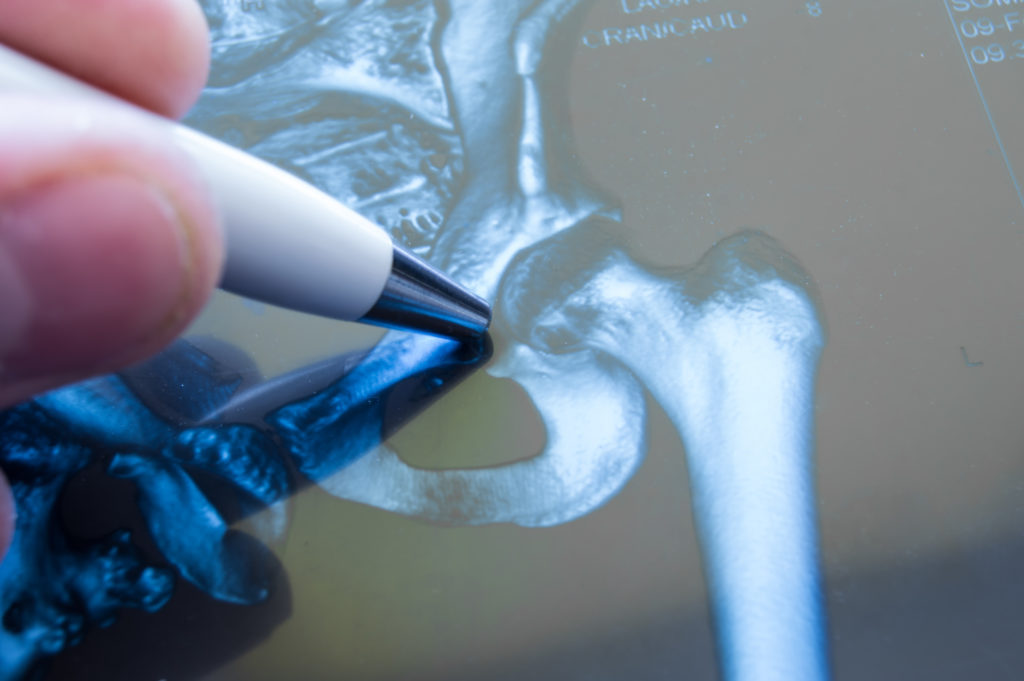Femoroacetabular impingement (FAI), also referred to as hip impingement, is when extra bone grows along one or both of the bones that form the hip joint. The bones begin to rub against each other causing pain and damage to the joint.
Types of FAI
- Pincer: Extra bone extends out over the normal rim of the socket
- Cam: Bump forms on the edge of the femoral head that rubs on the cartilage inside the socket
- Combined: Both pincer and cam are present
What causes femoroacetabular impingement?
Hip impingement is caused when bone spurs develop around the femoral head and or around the socket during childhood growing years. These extra bones cause abnormal contact between the hip bones which can result in tears of the labrum and osteoarthritis. When the hip bones are abnormally shaped, unfortunately, there isn’t much that can be done to prevent FAI.
What are the symptoms of hip impingement?
- Pain
- Limping
- Stiffness
The pain can be a dull ache in your groin or on the outside of your hip. If you make turning, twisting or squatting movements, sharp pain can occur.
Physician examination
When you first start to experience symptoms, avoid activities that cause pain and rest your hip. If pain persists, visit a doctor so he/she can examine your hip. The physician may conduct an impingement test, X-ray, CT scan or MRI scan.
Make an appointment with an OrthoIndy hip specialist
How do you treat hip impingement?
Nonsurgical
- Change daily activities and routine to reduce pain
- Injections
- Physical therapy
Surgical
- Arthoscropic procedure
Hip impingement outcome
Surgery helps reduce the symptoms of FAI. Depending on the severity of the injury, your surgeon will determine how much damage can be fixed and how long the recovery will take.
Learn more about hip injuries and conditions.
Schedule an appointment
Your well-being is important to us. Click the button below or call us to schedule an appointment with one of our orthopedic specialists. If your injury or condition is recent, you can walk right into one of our OrthoIndy Urgent Care locations for immediate care. For rehabilitation and physical therapy, no referral is needed to see one of our physical therapists.





